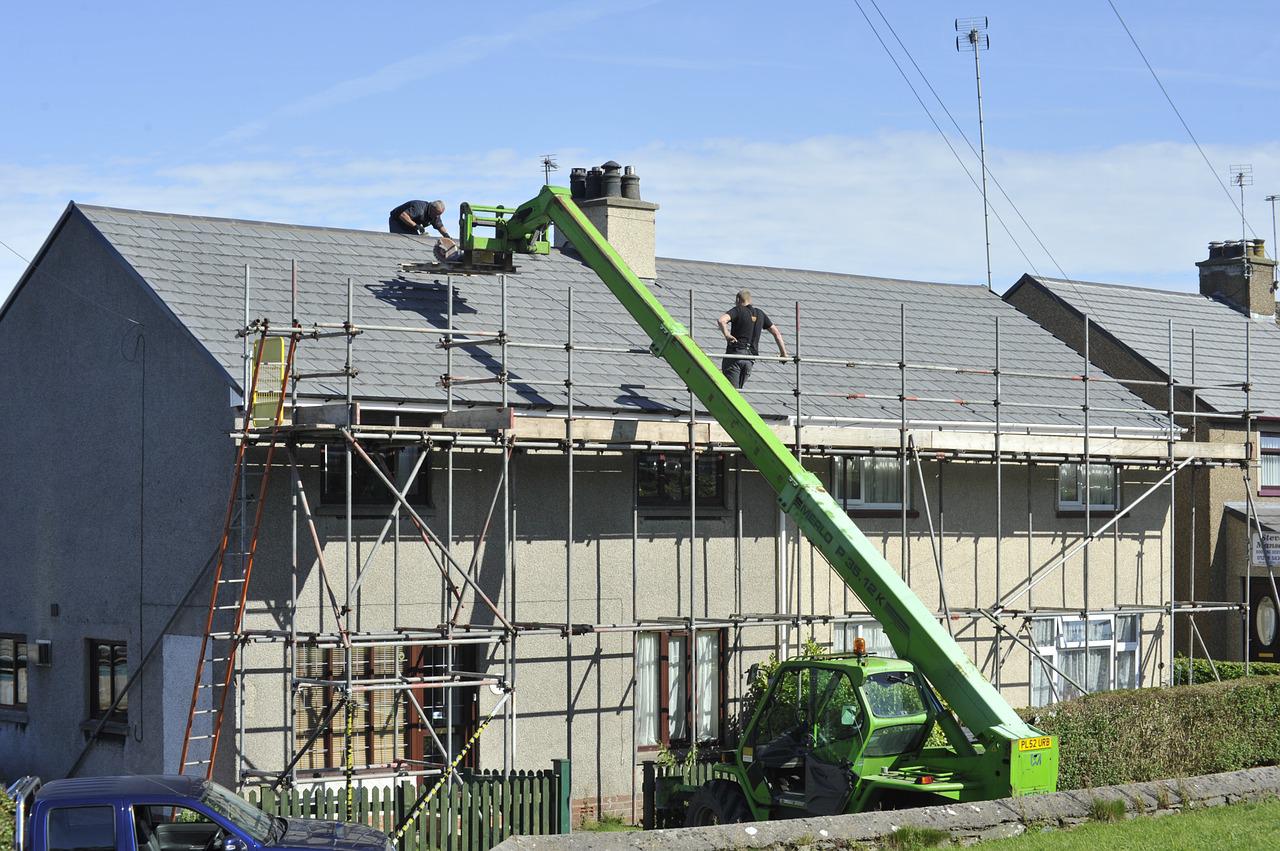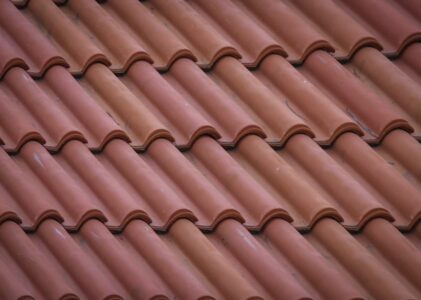10 Reasons to Choose a Metal Roof for Your Home
If you’re a homeowner in Natick and need a new roof, consider the benefits of metal roofing. In recent years, metal roofing has gained popularity for its numerous advantages. Choosing the right roofing material for your home is crucial as it affects your house’s overall appearance, durability, and safety. This blog provides ten reasons why metal roofing is an excellent choice for your Natick home, highlighting its many benefits, from longevity to energy efficiency. Whether you’re building a new home or replacing an existing roof, metal roofing is a smart investment for your Natick roofing needs.
Durability
Metal roofing is known for its durability and longevity, making it a smart investment for your home. A well-installed metal roof can last up to 50 years, providing long-lasting protection for your home. Metal roofs are designed to resist harsh weather conditions such as strong winds, heavy rain, and even hail, ensuring that your home stays protected from the elements. With its ability to withstand the test of time, metal roofing is an excellent choice for homeowners who want a roof that will last for many years. Whether you’re building a new home or replacing an old roof, metal roofing is a durable and long-lasting option for your home.
Energy Efficiency
One of the major benefits of metal roofing is its energy-efficient properties, which help to reduce your energy costs and improve the comfort of your home. Its high reflectivity reduces the heat absorbed by your home, keeping it cool during the hot summer months. Additionally, metal roofing provides improved insulation, keeping your home warm during the winter. This combination of improved insulation and high reflectivity results in a more energy-efficient home, reducing your energy bills and helping you save money. Metal roofing is an excellent option if you’re looking for a roofing material that can help you save on energy costs.
Sustainability
Metal roofing is a sustainable option for your home as it is made from recyclable materials and produced through environmentally friendly processes. This means you can enjoy a beautiful, durable roof while reducing your carbon footprint. Additionally, metal roofing’s energy efficiency helps reduce energy costs, making it a smart choice for environmentally conscious people. Metal roofing can reflect sunlight, helping to keep your home cool in the summer and reducing your reliance on air conditioning. By choosing a metal roof for your home, you’re making a practical choice and a responsible one that benefits the environment.
Aesthetics
Metal roofing offers a wide range of styles and colors, allowing you to choose a design that complements the aesthetic of your home. Whether you prefer a sleek and modern look or a more traditional design, you’ll find a metal roof that fits your style. The reflective properties of metal roofing can also improve your home’s curb appeal, making it stand out from the rest. This versatility and style make metal roofing a popular choice for homeowners who want to improve the look of their homes. Whether you’re building a new home or replacing an old roof, metal roofing allows you to choose a roofing material that enhances your home’s overall look and feel.
Fire Resistance
Metal roofing is made from non-combustible materials, making it highly resistant to fire. This increased safety feature offers peace of mind knowing that your home is protected from fire risk. Additionally, homes with metal roofs often have lower fire insurance rates, making it a smart investment. Whether you live in an area prone to wildfires or not, choosing a fire-resistant roofing material is important for the safety of your home and family. Metal roofing offers excellent fire resistance, making it a great option for homeowners who prioritize the safety and security of their homes.
Lighter Weight
Metal roofing is much lighter than other roofing materials, such as asphalt or clay tiles, making installation easier. It requires minimal structural support, making it compatible with most homes. The lightweight nature of metal roofing reduces the load on the building structure, making it a safe and cost-effective option. Installation of lighter-weight roofs is easier and less expensive, making metal roofing a great choice for homeowners looking to save on their roofing costs. Whether building a new home or replacing an old roof, metal roofing’s lighter weight makes it a practical and cost-effective option for your home.
Minimal Expansion and Contraction
Metal roofing is known for its minimal expansion and contraction, which reduces the wear and tear on your roof. This increased durability makes metal roofing a low-maintenance option for your home. With minimal expansion and contraction, metal roofing is less likely to suffer from damage over time, reducing the need for repairs and maintenance. This means you can enjoy peace of mind knowing that your roof is protected from the elements and will last for many years. If you want a durable roofing material that requires minimal maintenance, metal roofing is an excellent option to consider.
Water Resistance
Metal roofing provides excellent water resistance, essential for protecting your home from water damage. Its improved drainage system helps to channel water away from your home, reducing the risk of water damage. This not only improves the safety of your home but also lowers the cost of repairs and increases its longevity. Metal roofing is an investment that pays off in the long run, as it helps to protect your home from the elements while reducing the need for costly repairs. Metal roofing is a great option if you’re looking for a roofing material that provides excellent water resistance.
Conclusion
In conclusion, metal roofing is an excellent choice for your home due to its durability, energy efficiency, sustainability, aesthetics, fire resistance, lighter weight, minimal expansion and contraction, and water resistance. Whether building a new home or replacing an existing roof, metal roofing is a smart investment that provides many benefits. Make sure to hire a professional roofing contractor to ensure that your metal roof is installed correctly and provides maximum protection for your home.… Read more

